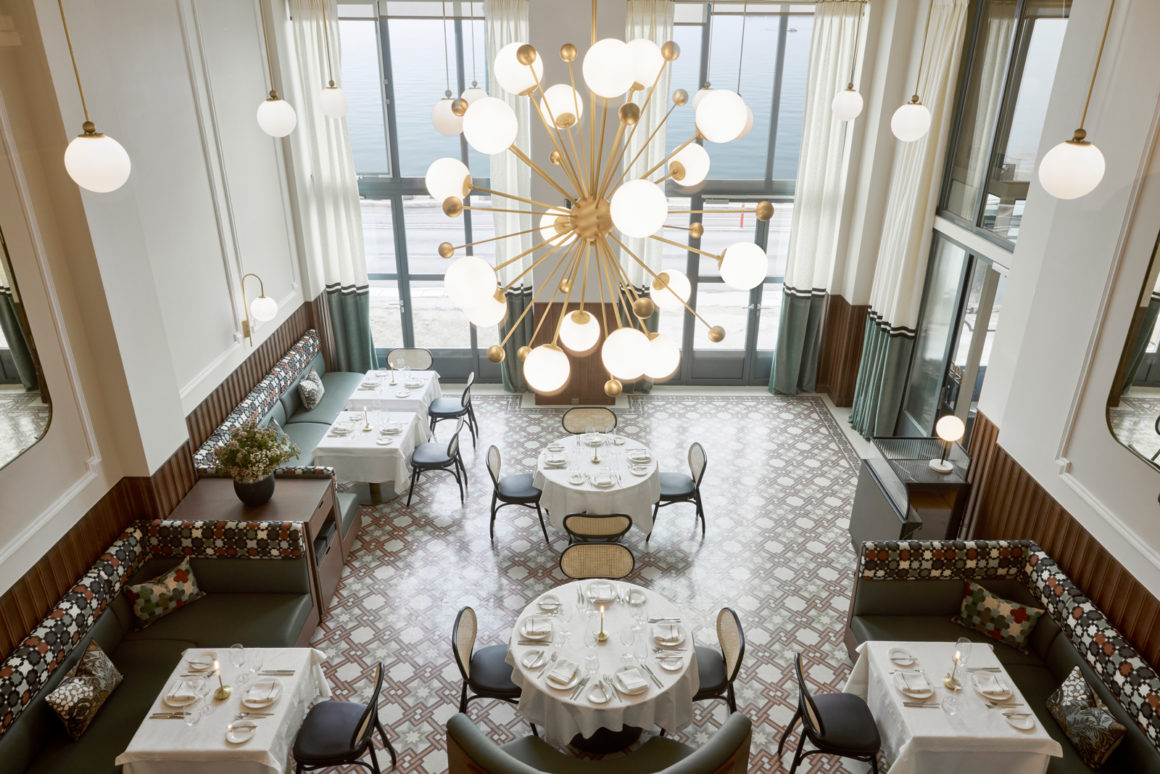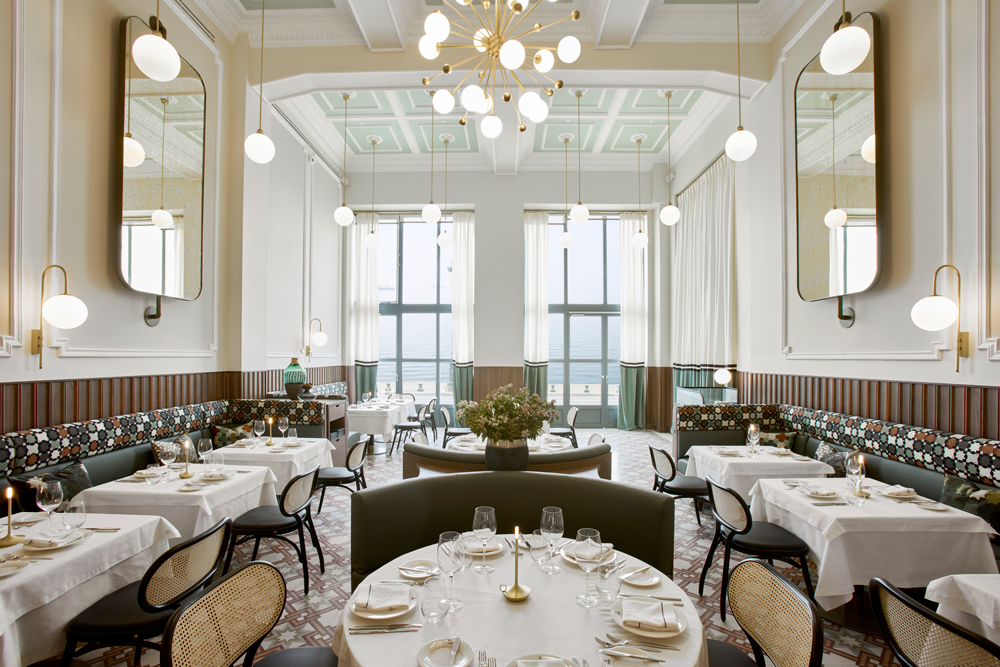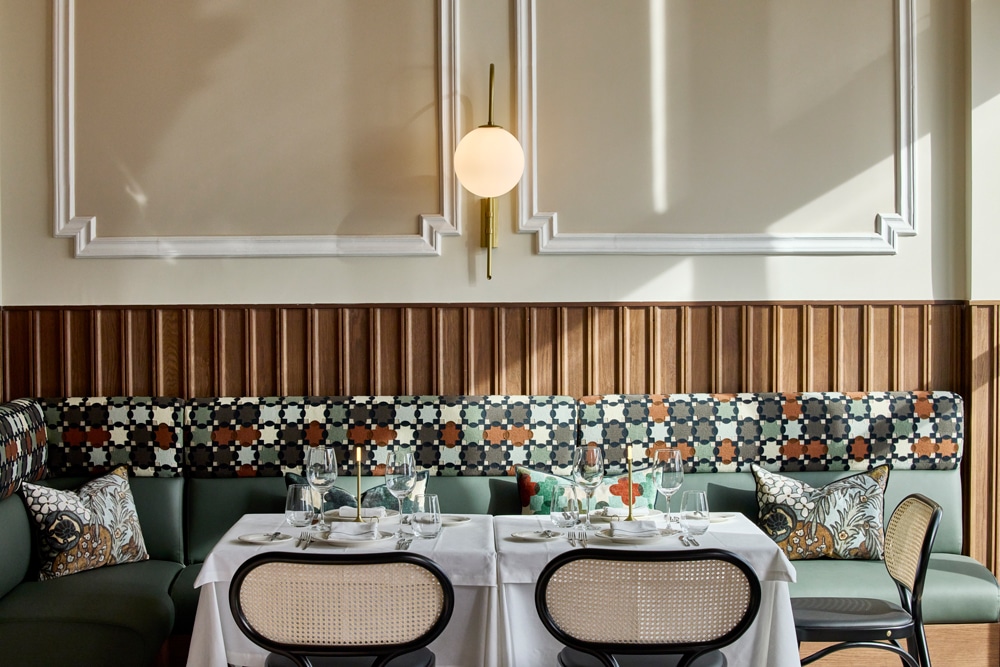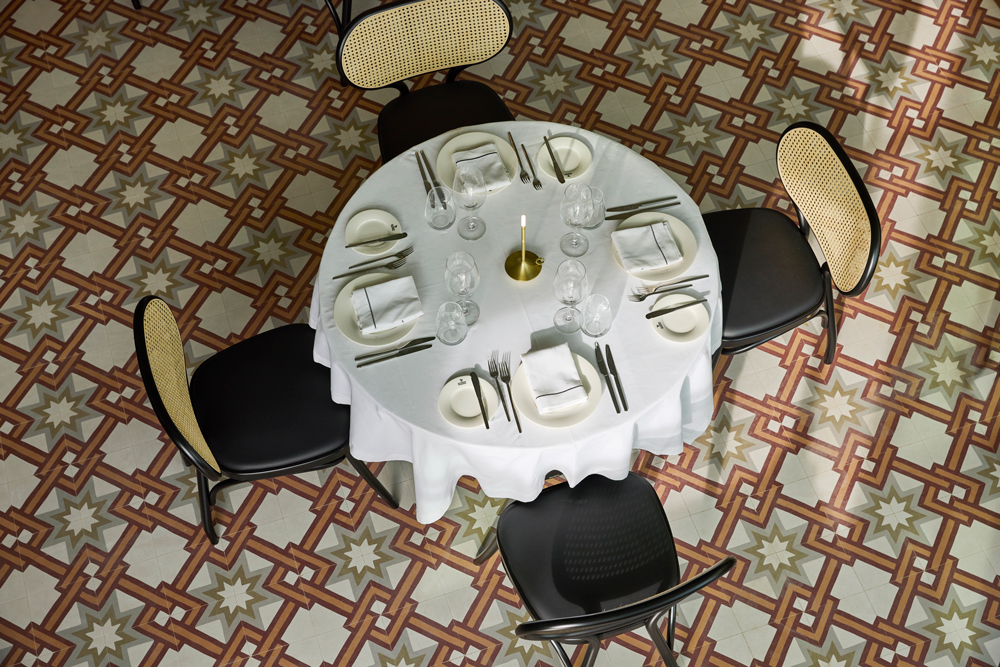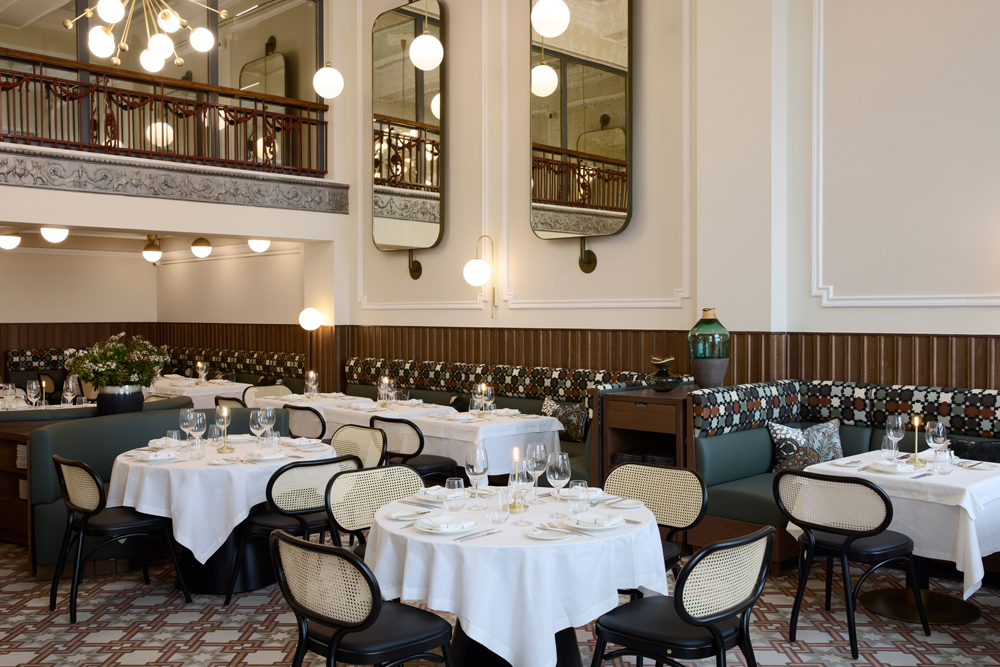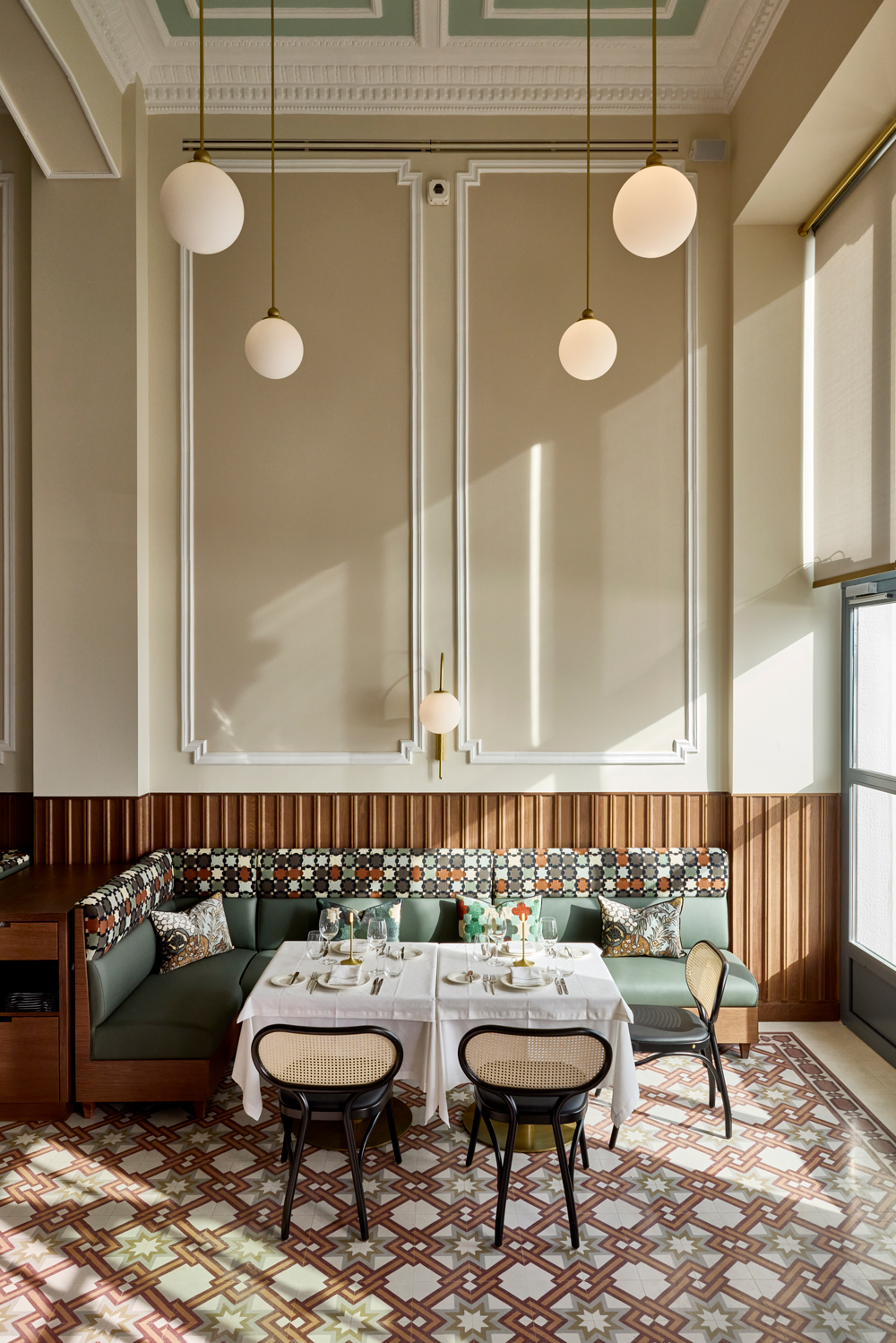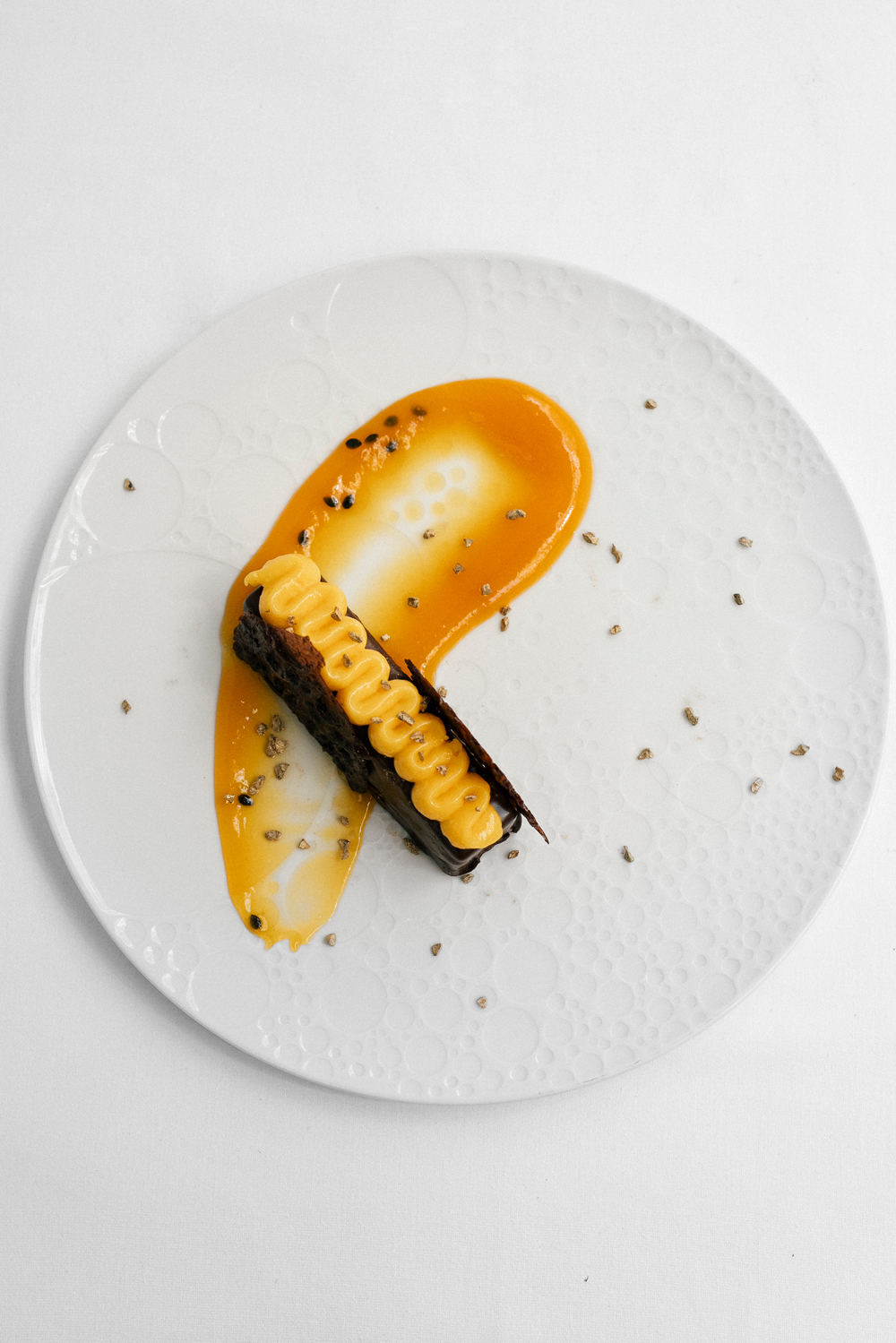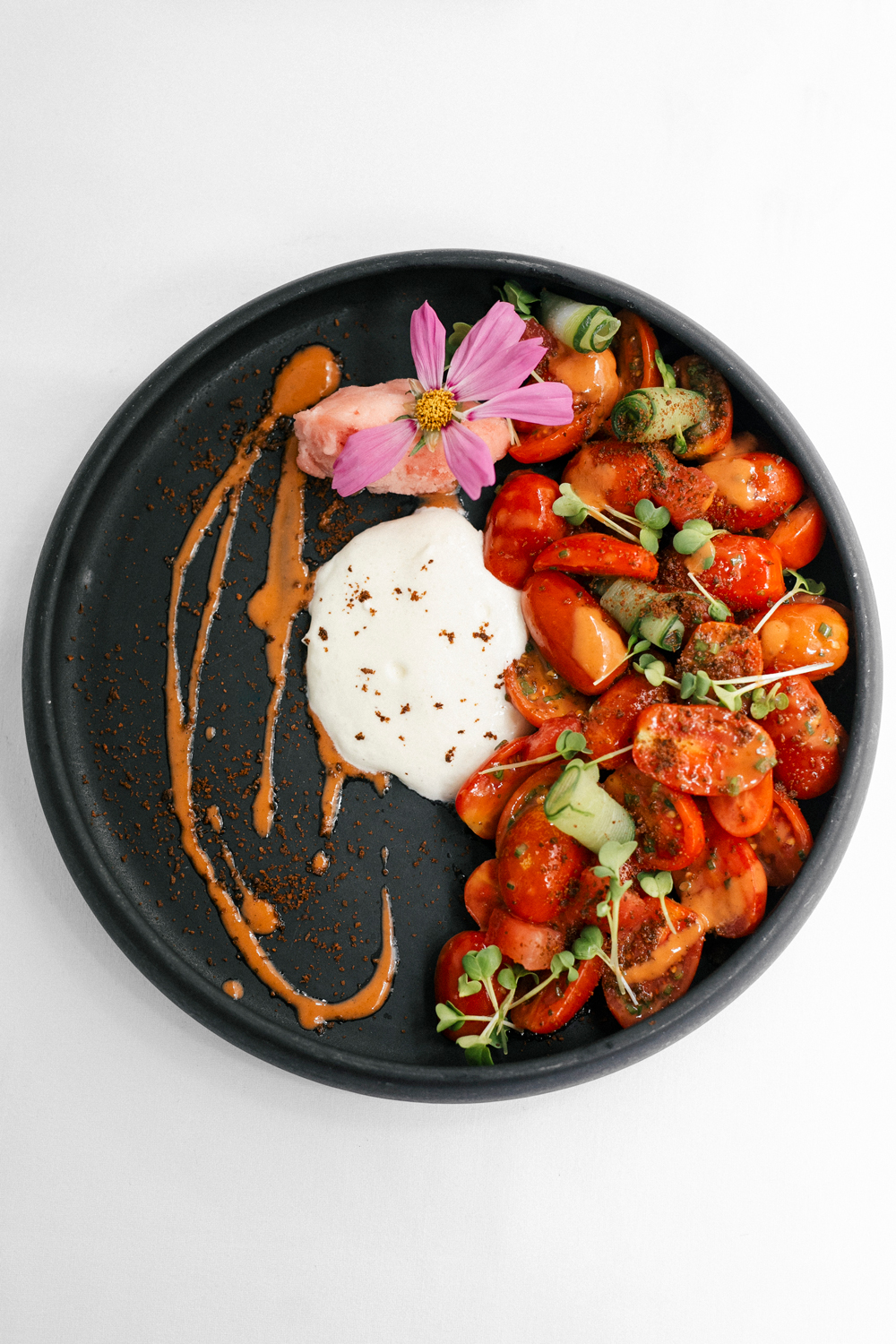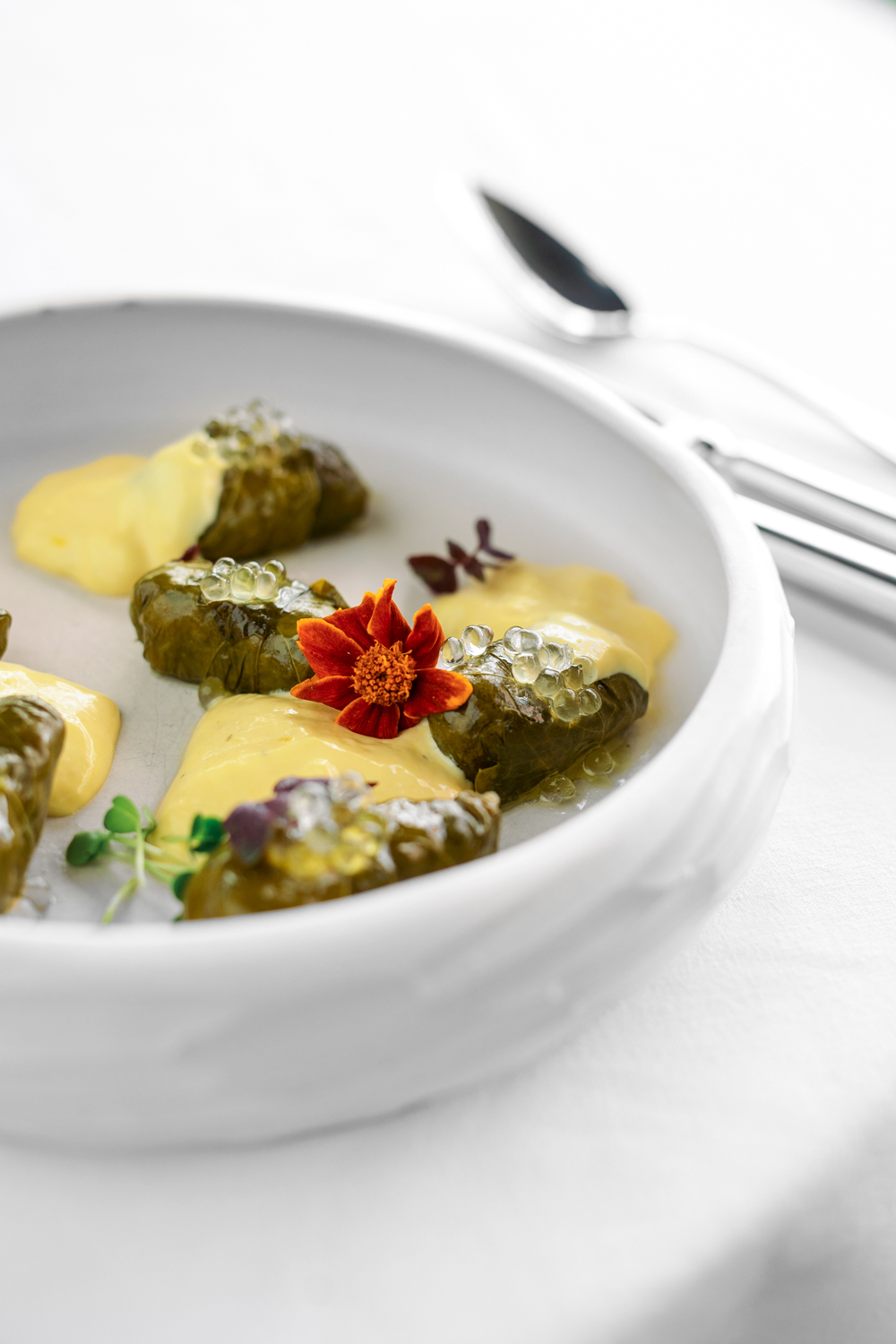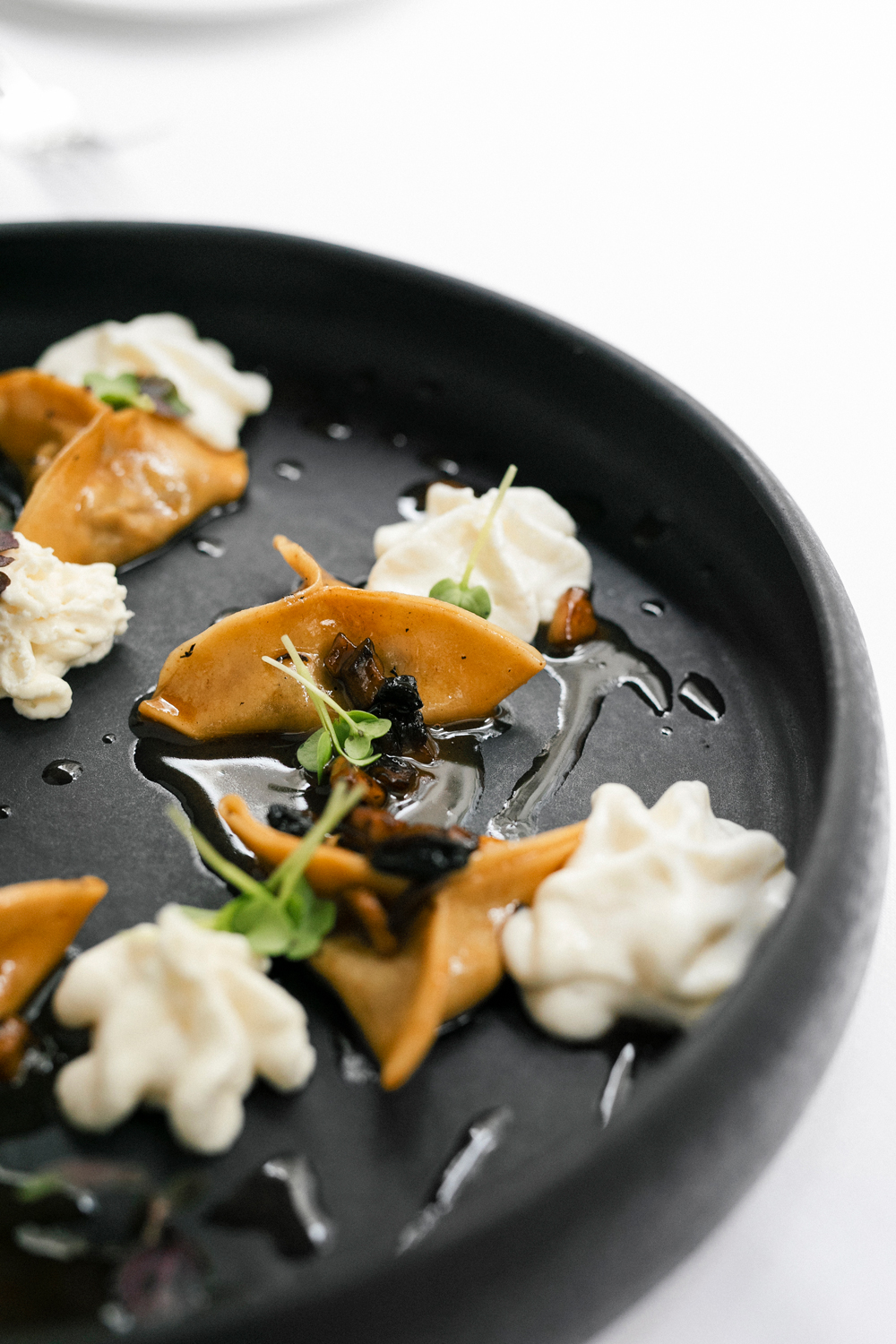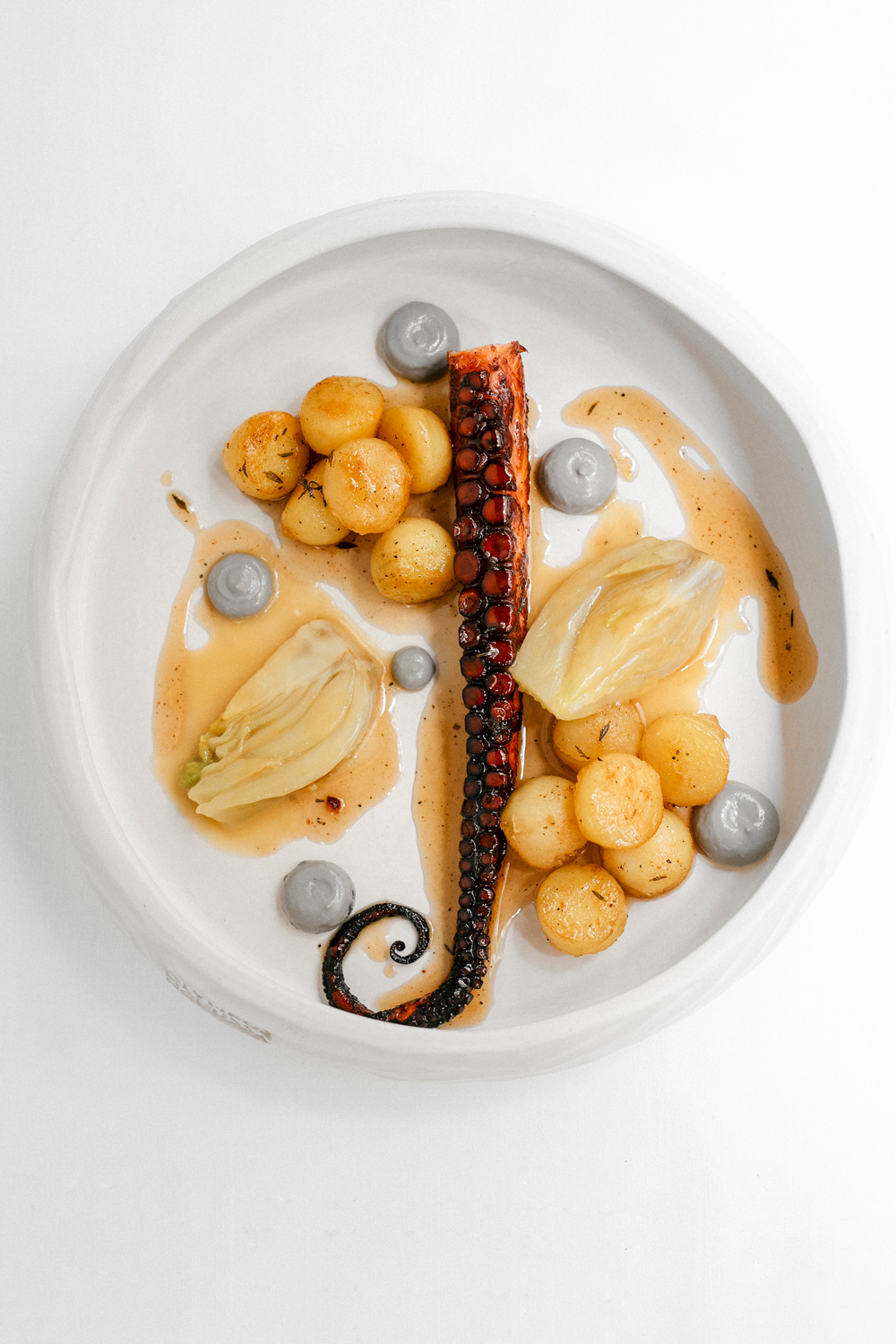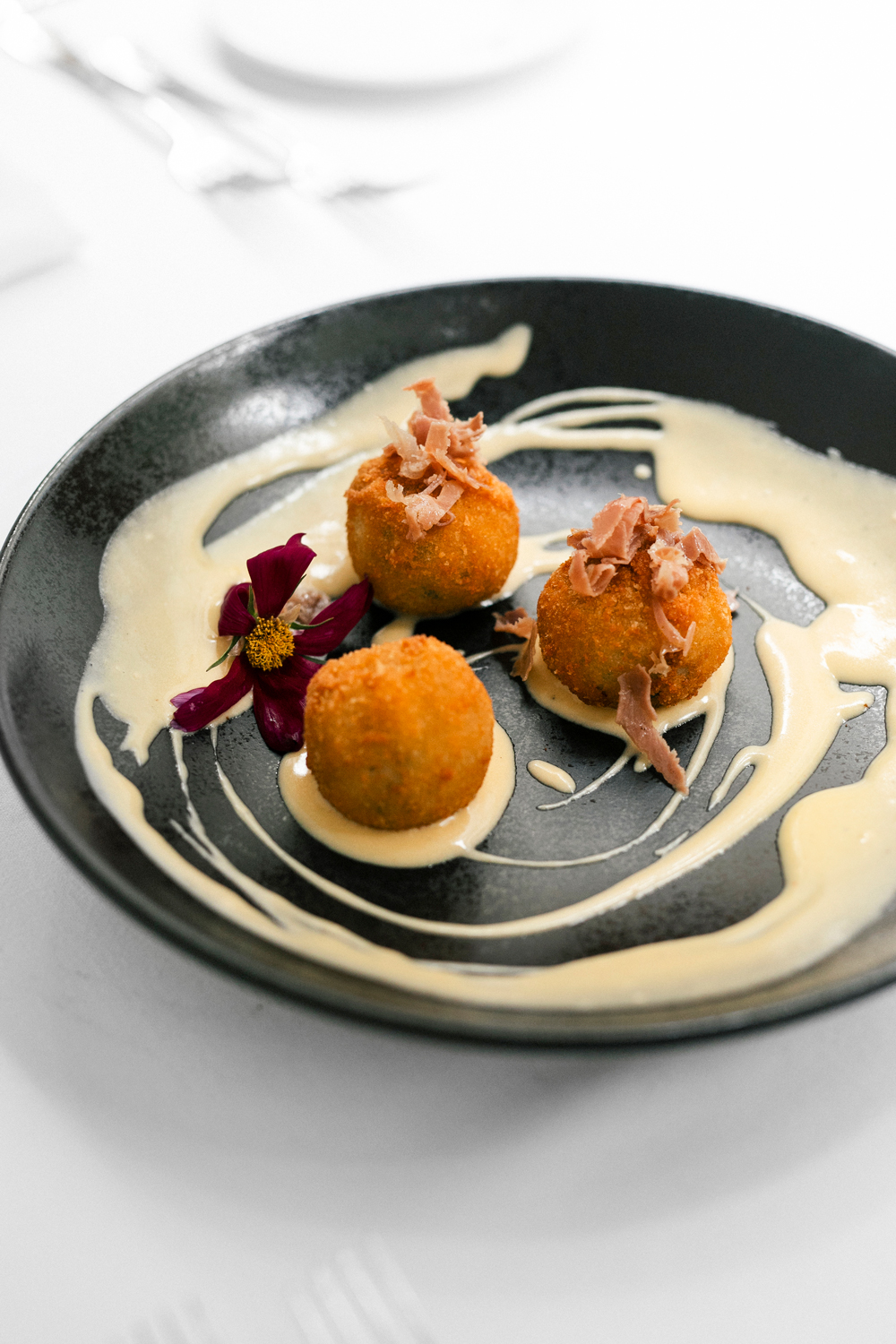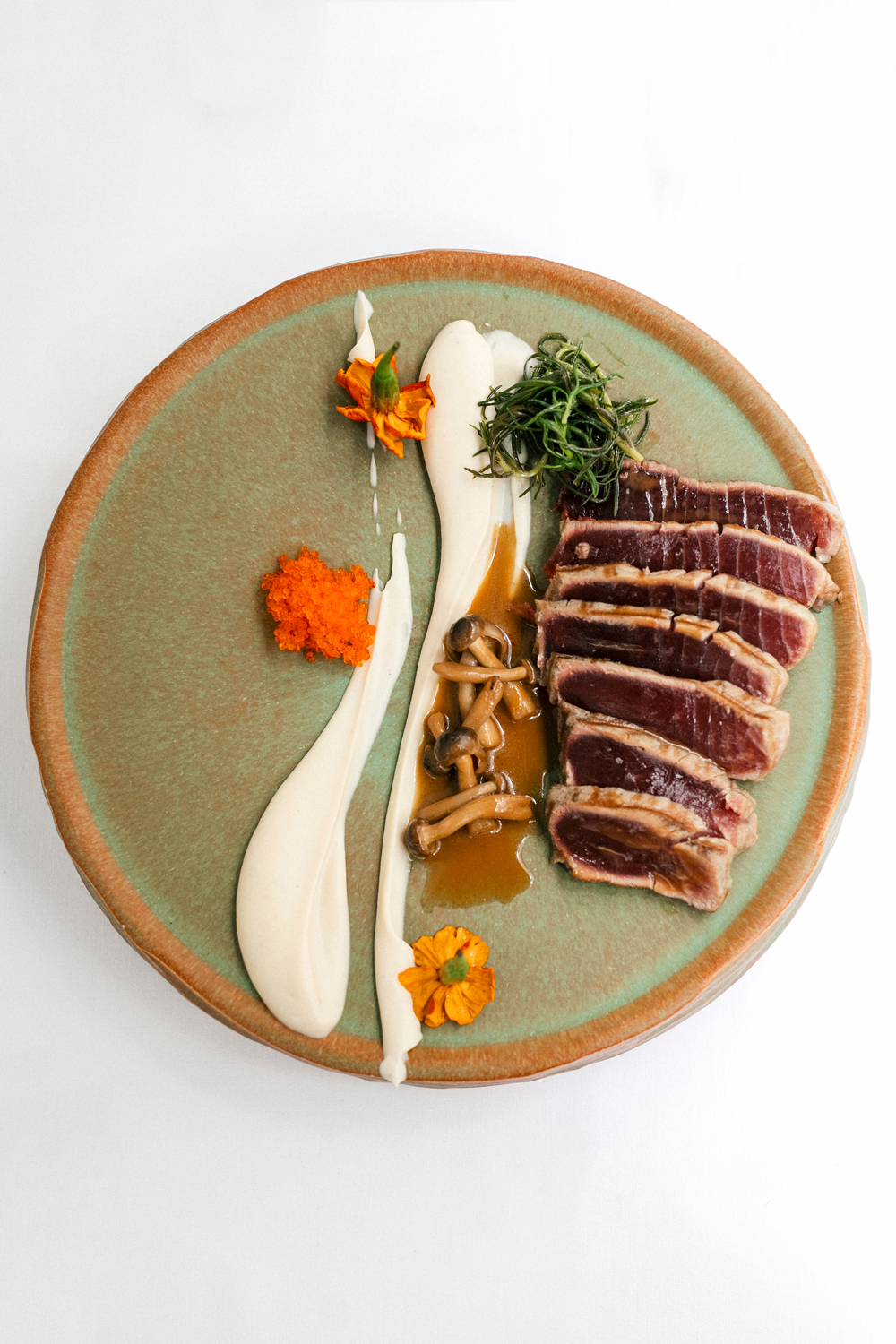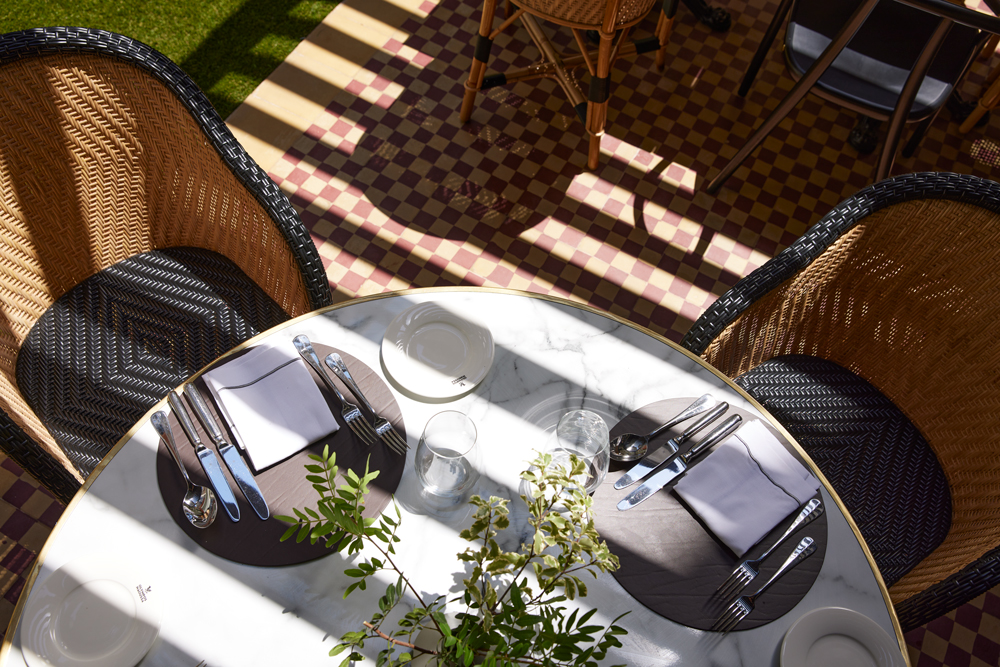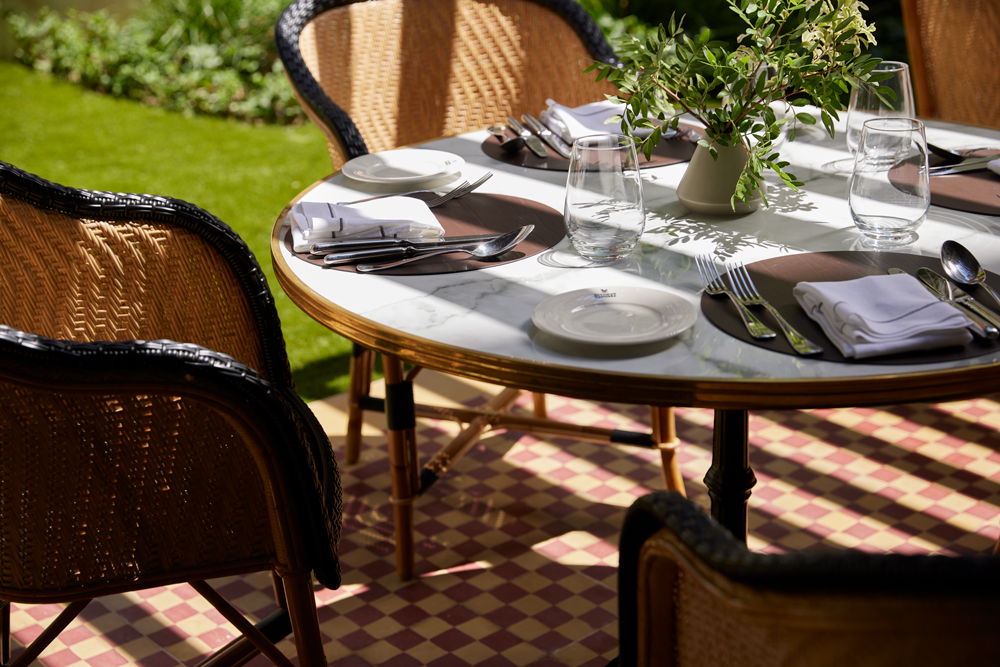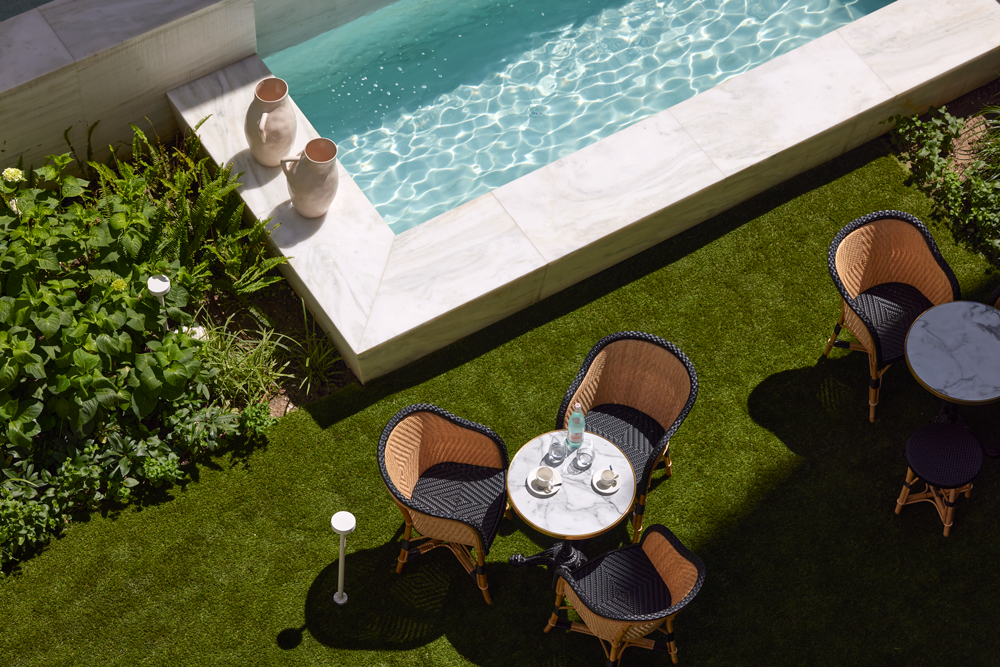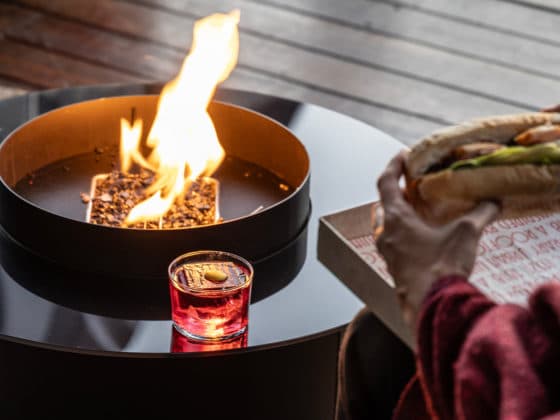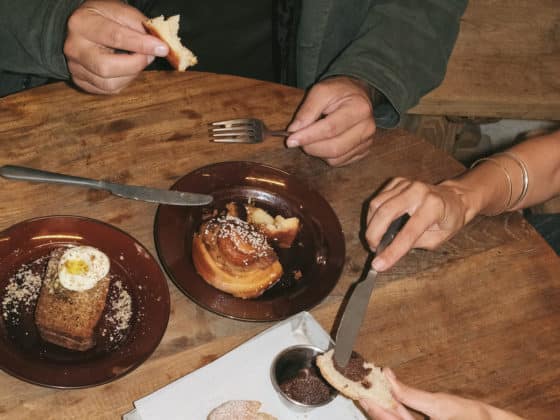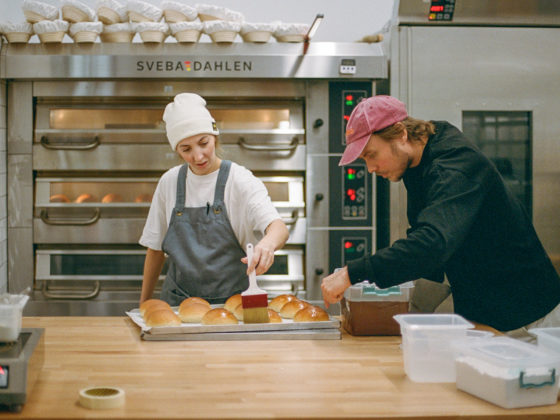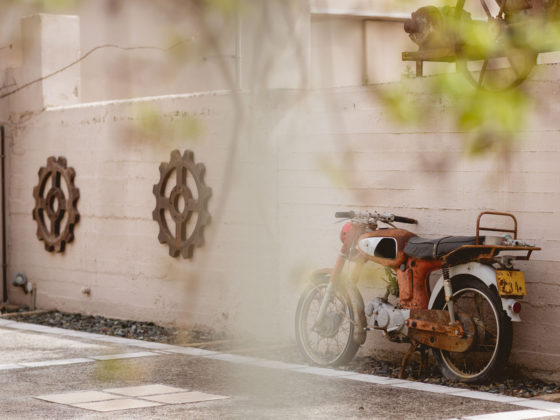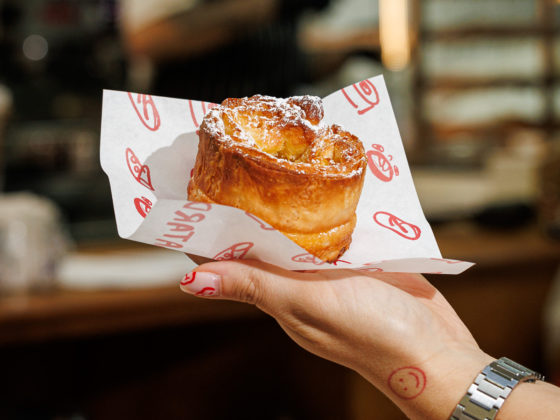Located on Thessaloniki’s seafront and declared a cultural heritage site back in 1993, Olympos Naoussa now recalls its glory years on a journey between tradition and modernity, marrying emotion, sensual pleasure, and history into a landmark space for the city.
Carrying a long and inspiring story, the building, originally designed by renowned architect Jacques Mosse in 1926, has been through several incarnations, each one leaving its mark on its distinctive character. Starting its journey as a typical example of Thessaloniki’s eclecticism during the interwar period, it operated as a beer tasting bar for local beer brand Olympos and ice factory Naoussa. Shortly thereafter, the beer brands are bought by Karolos Fix and the ground floor becomes available for sale. The new owners maintain the “Olympos Naoussa” name when the restaurant opened its doors in 1927. WWII threw a spanner in the works, with the German occupiers commandeering the space and turning it into a cabaret-music hall. After the war, the building was acquired by a different owner, and its true rise as a culinary institution began in 1958. Silver cutlery, impeccably dressed servers, and monogrammed dinnerware, -tailor-made in Bavaria-, accompanied a daring menu that drew the attention of international gastronomy. After an earthquake ravaged the city of Thessaloniki in 1978 and an ‘80s legislation requiring the restaurant to remain closed on weekends, Olympos Naoussa began to lose some of its metropolitan grandeur. Still, the restaurant maintained a cult favorite status among the locals until its closure in the mid-90s. The Ministry of Culture declared the building and it was forever immortalized when it became the setting of one of legendary filmmaker Theo Angelopoulos’ films. In 2017, TOR Hotel Group and CEO Konstantinos Tornivoukas purchased the property in partnership with Grivalia Hospitality.
The interiors were designed to echo the menu created by award-winning chef, Dimitris Tasioulas. The main design aim was to respect the building’s architectural heritage while anchoring it to the present day. Striving to maintain its authenticity, from the intricate floor tiles to the impressive crown mouldings and trim on the ceilings and to the elegant murals, the restoration process followed the same line of preserving originality. Structural elements in the interior and exterior were also preserved and restored, almost entirely, from the marble staircase to the cast iron railings and the wooden wall mouldings. Parts of the walls in the lobby were painted entirely by hand, creating elaborate patterns that pay homage to the mural that was discovered during the restoration process. Elegant decorative elements from the past as well as from European bistros are injected throughout for an old-world nod to the modern, urban aesthetic. An additional “hidden” evergreen courtyard is available for guests to enjoy.
